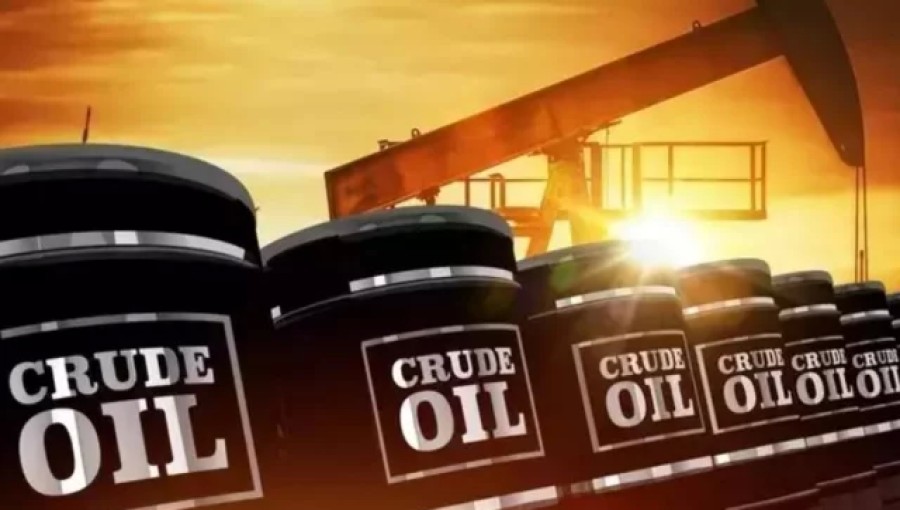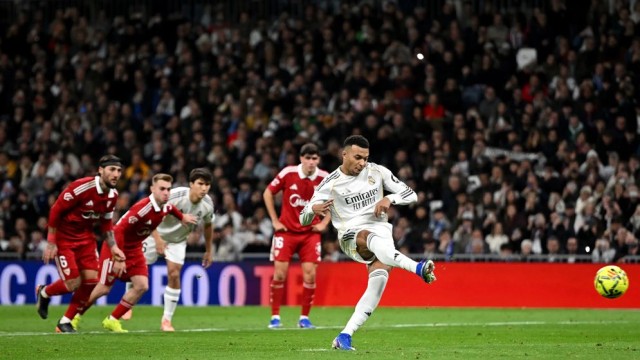September 13 (V7N)- In a significant shift in the global oil market, the price of crude oil has fallen below $70 per barrel for the first time since 2021. On September 11, the price of WTI (West Texas Intermediate) crude oil dropped to $67.68 per barrel, according to reports from Oilprice.com and Reuters. While Brent crude oil prices have also decreased, they have not yet fallen below the $70 mark.
This decline follows a period of relative stability, with crude oil prices reaching $90 per barrel as recently as April 2023. Experts attribute the sharp drop to reduced oil imports by China, the world's largest oil importer, due to its sluggish economic conditions. The lower demand from China has had a ripple effect on the global oil market.
The oil market has experienced volatility in recent years. During the COVID-19 pandemic, oil demand plummeted, with prices reaching as low as $20 per barrel. However, following the Russia-Ukraine war, oil prices surged to over $100 per barrel. By October 2022, prices had fallen to $80 per barrel, and now they have dipped further below $70.
The Organization of the Petroleum Exporting Countries (OPEC) has expressed concerns that global oil demand could decline further in 2024-25. OPEC estimates that daily oil demand, currently at 1.780 million barrels, could drop to 1.740 million barrels.
OPEC, comprising 12 countries including Saudi Arabia, Iran, Iraq, and Venezuela, plays a pivotal role in regulating global oil prices by adjusting production levels. Despite reducing oil production over the past year, the organization has struggled to maintain higher prices.
OPEC and its allies, known as OPEC Plus, had planned to increase oil production in October and November. However, given the recent drop in prices, they have decided to delay the production hike by two months. OPEC Plus also indicated that it might consider further output cuts or other measures if necessary to stabilize the market.
This latest development signals growing uncertainty in the global oil market, with OPEC closely monitoring demand trends and adjusting its strategy accordingly.
END/AJ/SMA/






























Comment: